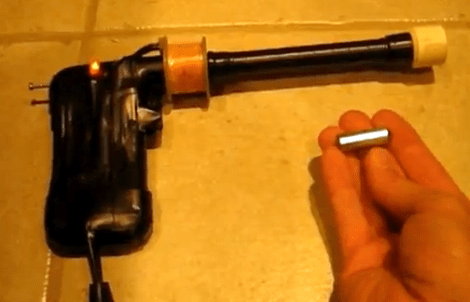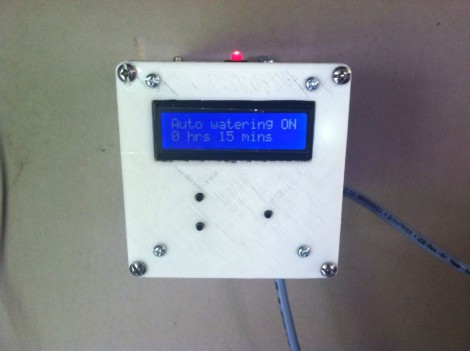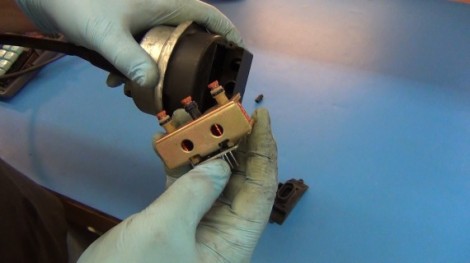
[Paul Mandel] just finished building this knock box project. It’s a familiar concept that uses a solenoid to tap on the side of the box. The Arduino driven setup monitors vibrations on the lid. When you knock on the box, it records the pattern and plays it back using the solenoid.
He was inspired by a knock-detecting door lock. Using that code as the starting point he implemented a system that takes input from a simple push button and echos back the rhythm using the Pin 13 LED on the Arduino board. This is a great way to start as it removes the complexity of driving a solenoid and monitoring a piezo element. After a bit of success he implemented each of those hardware modules one at a time. You can get a look at the final product in the clip after the break.
One of our favorite version of this project is still the knock block from several years back.
Continue reading “Wooden Box Repeats Rhythm Used When Knocking On The Lid”
















